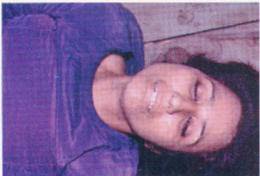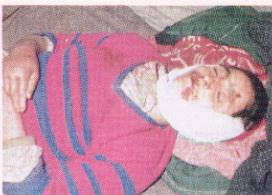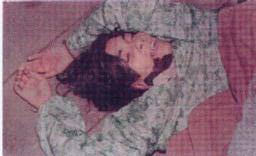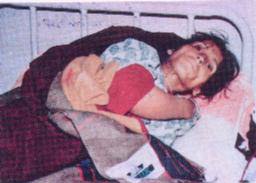 K.D Maini
K.D MainiAround 1846A.D, the present site of Udhampur town was under dense forest with rich wild life. When Amritsar Pact was signed on 16th March 1846 between Raja Gulab Singh of Jammu, British Govt. Gulab Singh became the Maharaja of J&K State. He started frequent visits of Kashmir valley via Banihal pass and Udhampur area. At that time there was no proper road leading towards Kashmir except a bridle path for the movement of common people and horses. Therefore it would take a number of days for Royal Carvans to reach Srinagar. However there was no proper halting place enroute Kashmir. Maharaja would halt for few days at a small township called Krimchi, 10Km in the north of present Udhampur town located at the foot of Lada hill. Krimchi was founded by Raja Krihik and is famous for old temples and ancient civilization. Maharaja along with his family members, Royal forces and prince Udhamsingh would put up in a ruinous fort on the south of Krimchi situated on an isolated hill. However Krimchi was away from the main route leading towards Kashmir and there was no proper place for accommodation of the royal Dogra Caravan at Krimchi.
In this very period prince, Udhamsingh who was fond of hunting used to visit the dense forest area of present Udhampur town. In those days this area was having rich wild life. Therefore Prince along with royal guards and local shikaris would wander in this dense forest area for hunting purpose. With the passage of time, Udham Singh became fond of this spot. He stayed in natural atmosphere, and enjoyed the company of local hunters and wild life. Therefore he developed great love for this place and ultimately selected this area for a township because this place was located directly on the route towards Kashmir valley. Maharaja Gulab Singh keeping in view the necessity of accommodation for the royal caravans approved the proposal of his son Udham Singh. Maharaja also named this town on the name of Prince Udham Singh as Udhampur.Therefore the construction of new town ship was started on war footing basis. This town emerged in a very shortest period. The traders and shopkeepers of Krimchi, artisan and labour class of surrounding areas also migrated to the town in search of livelihood. The palace for Maharaja Gulab Singh and accommodation for the royal caravans was also constructed. In the meantime Prince Udham Singh died in an accident. Since this town was having the memories of Prince Udham Singh therefore it got patronage of Gulab Singh and successive Maharajas of J&K. Therefore it remained flourishing day by day.
Fredric Drew, the author of the book ‘The northern barrier of India’ had visited this township around 1860-70. He wrote that the newly established Udhampur town is a beautiful and attractive place at the elevation of 2400ft above the sea level. The market is constructed with modern architect. An attractive royal palace was under construction in this town ship.
With the passage of time, Udhampur became an important halting station for royal DograCaravans who were frequently visiting Kashmir via Udhampur and Banihal pass. Initially this route was a bridle path and then it was converted into a cart road and finally Jammu Srinagar highway. Due to strategic location on national highway Udhampur got great importance and turned into a center of hustle andbustle of Dogra caravans as well as foreign and local tourists. Ultimately Udhampur attained the status of district headquarter in 1931 A.D. Therefore the name of Udhampur name was enlarged to the whole district which was known as Udhampur district. At that time the whole area of present district Doda, Ramban, Kishtwar and Reasi was a part of this district. Therefore the people from all these areas started visiting Udhampur for official works and it became a growth centre. The economy of the natives developed rapidly. In 1948 Doda district was separated from Udhampur and in 2006 Reasi district was also carved at from this district.
The total area of present Udhampur district is 2388 Sq Km out of which 959 Sq Km area is under forest. The cultivable area is 37069 hectare and there are 65264 land holdings in the district. On administrative ground, the district is divided into four tehsils, seven community development blocks, 204 Panchayats, 375 villages, two municipal committees and one municipal council. The district is located in the southern part of J&K and bounded by district Doda in the north- eastern side, Samba by southern side, Jammu by south western side and Reasi by the western side. The altitude of the district varies from place to place ranging from 600 meter to 2500 meter while the temperature varies from below 1.5 degree to 43 degree.
As per censes 2011, the total population of the district is 554985 souls out of which 446777 live in the rural areas while 108208 reside in urban areas. There are 99240 households in the district. Out of the total population 24.96% are schedule caste and 10.14% belong to schedule tribe’s communities. The sex ratio is 863 females against per thousand males.
Udhampur district is a Dogra concentrated area where Dogras Hindus, Muslims and Sikhs are living peacefully in a congenial atmosphere.They are considered stout, tough, courageous, and brave mountaineers.Dogri is the main language of the people while Phari and Gojari are also spoken in the district. The district is having rich cultural traditions. The main folk dances are Kud, Jatras, and Bangras. Kud dance is based on traditional Dogri folk which are performed mainly by the artists of Panchari and DuduBasantgarh and Ram Nagar area. The important folk songs of the district are Barran, karkaan and Bhakha. Bhakhas are such songs which are sung without music.
The district Udhampur has great potential of religious and heritage tourism.Presently Krimchi is a small village on the bank of Devak stream of district Udhampur. The ruins of ancient civilization and old temples are still available at this place. Three temples are still in good conditions. This place was a capital of Babuti principality. The ruins of a fort are also available at site which is considered to be constructed by the Rajas of Babutiof Bhatial dynasty. Initially Raja Daya Karan of Kashmir had migrated to Krimchi. During the rule of Maharaja Gulab singhBabuti was governed by Raja Himmat Singh who was banished from the principality by Maharaja.
Patnitop is a famous picnic spot and hill resort of Udhampur situated on Jammu Srinagar highway. It is 50Km away from Udhampur located in dense forest of Devdar trees. Tourists huts and bunglow along with path ways and roads have been constructed for the convenience of local and foreign tourist. The cool climatic conditions and natural vegetation of this resort is attracting the tourist. This is one of the best hill stations of Jammu Province.
SudMahadev is 50 Km away from Udhampur located in the eastern side. The ancient temple of Lord Shiva is a center of Pilgrims. The devotees assemble here on the eve of Purnima in the month of June every year. SudMahadevtirth from where the holy Devka River appears on the earth is famous in the whole Jammu region.
Mantalli is another famous religious place of Udhampur district which is 7 Km away for SudMahadev located on the elevation of 2000 meter in forest area. It is believed that Lord Shiva had married to Parvati ji at this place. Gori Kund is 4 Km away forSudMahadev. The holy spring of Gori Kund is believed to be the bathing place of Parvati ji.
Mahamaya temple is located in Majalta tehsil where large number of devotees visit during Navratra’s days. The temple is located in the village Barigarah on the top of the hill. This place is 9 Km away from Mansar Lake.
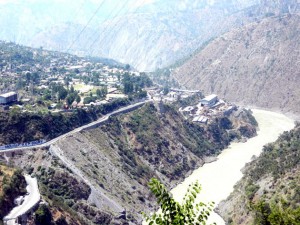
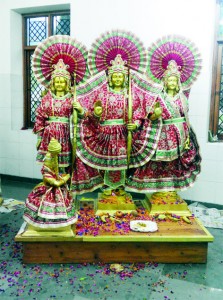
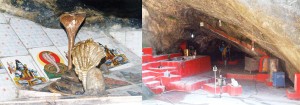
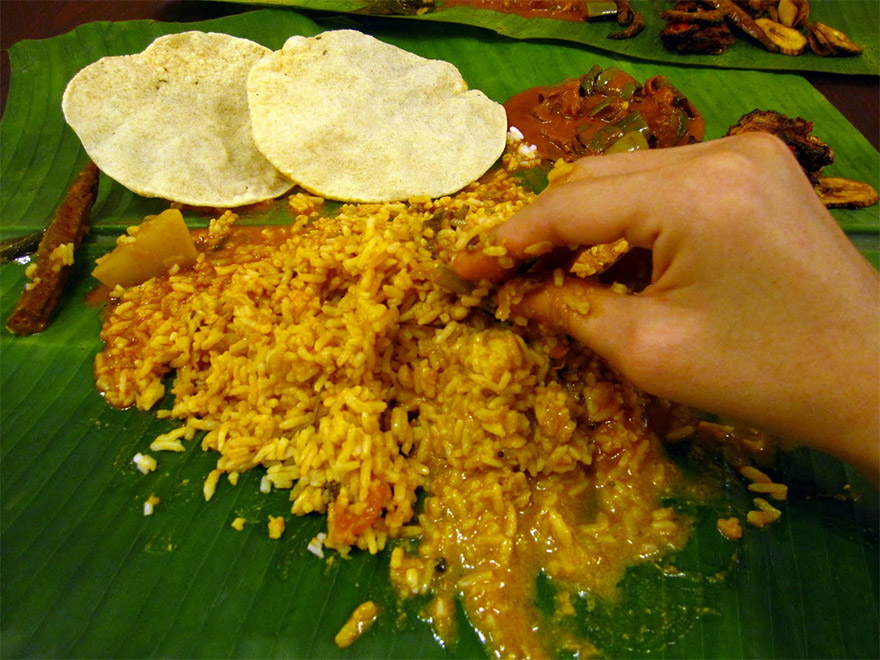
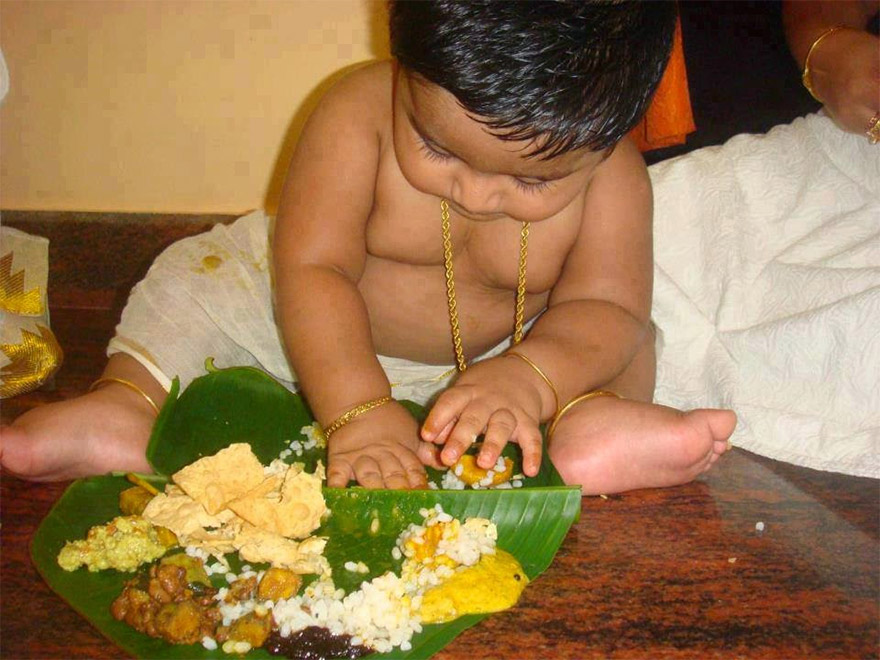
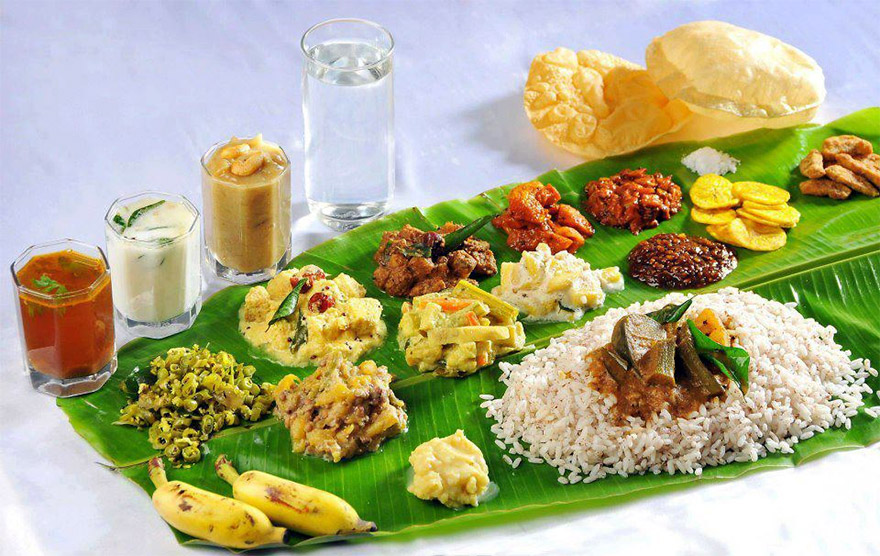
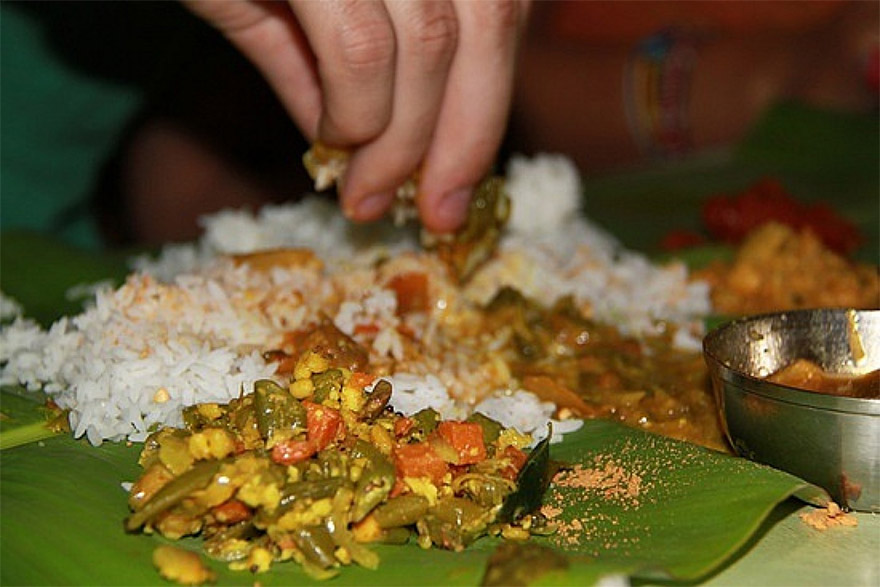


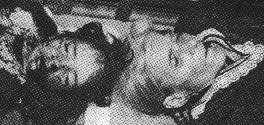

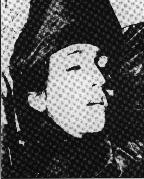

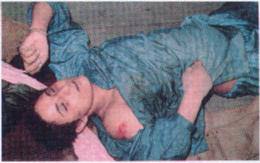
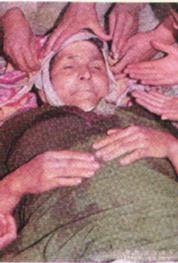 Mrs. Aisha w/o Late Gh. Mohd r/o Dooniwari Nishat,
Srinagar
Mrs. Aisha w/o Late Gh. Mohd r/o Dooniwari Nishat,
Srinagar
